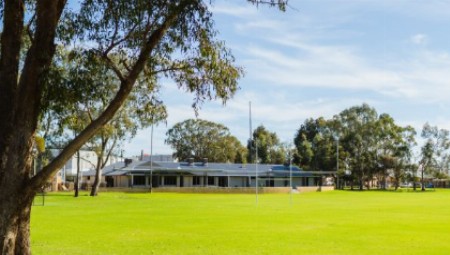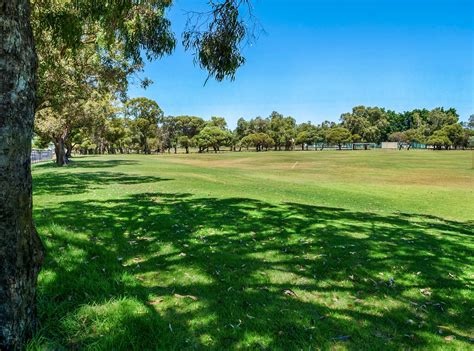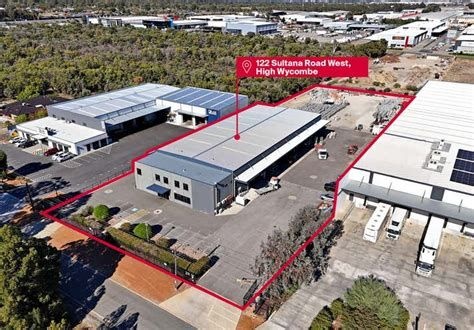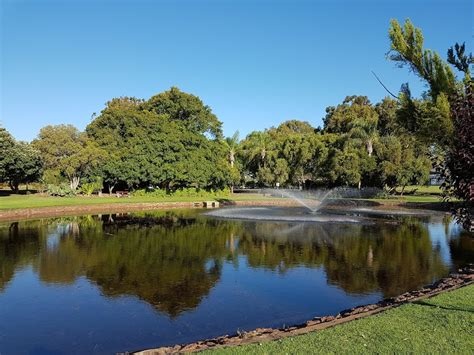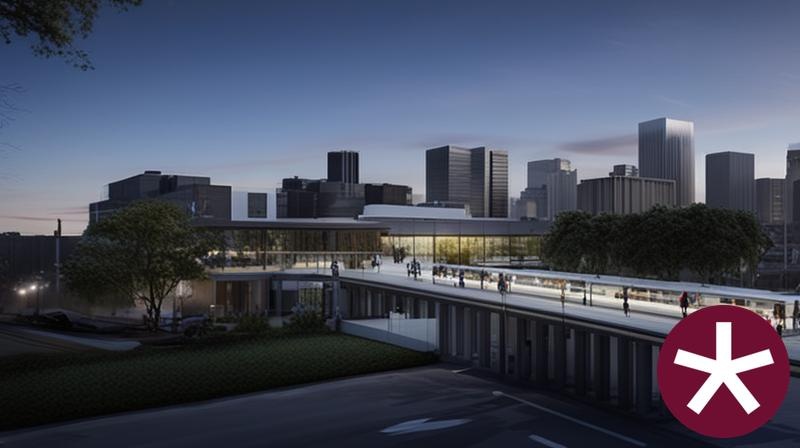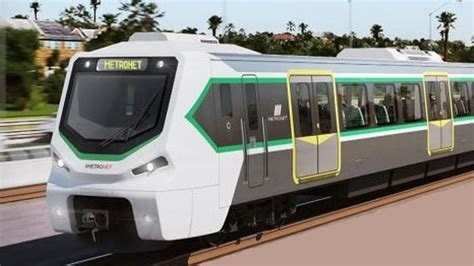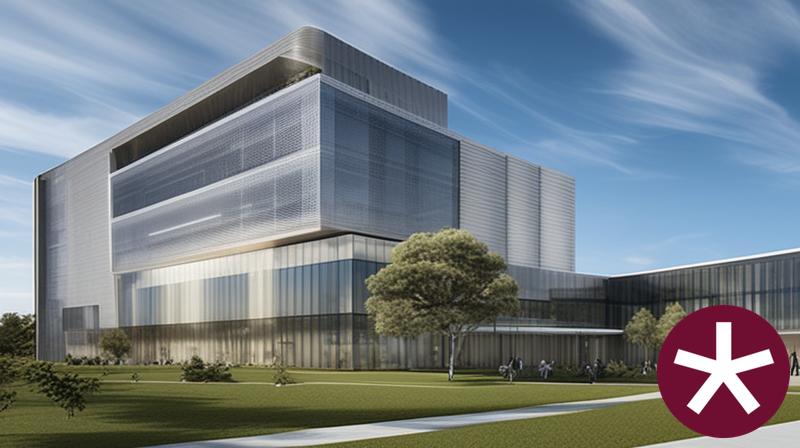Chart Color Schemes
est. as @ -- *
ABS ERP | -- people | --
2021 Census | -- people
Sales Activity
Curious about local property values? Filter the chart to assess the volume and appreciation (including resales) trends and regional comparisons, or scroll to the map below view this information at an individual property level.
Find a Recent Sale
Sales Detail
Population
Population growth drivers in Kewdale are strong compared to national averages based on AreaSearch's ranking of recent, and medium to long-term trends
Kewdale's population is 8,254 as of August 2025. From the 2021 Census, it was 7,394, showing an increase of 860 people, a 11.6% growth. This change is inferred from ABS data: estimated resident population of 8,254 in June 2024 and validated new addresses since the Census date. Kewdale's population density is 2,817 persons per square kilometer, placing it among the top quartile nationally assessed by AreaSearch. Its growth rate of 11.6% since 2021 exceeds the national average of 8.6%. Overseas migration contributed approximately 78.2% to recent population gains.
AreaSearch uses ABS/Geoscience Australia projections for each SA2 area, released in 2024 with a base year of 2022. For areas not covered by this data and post-2032 growth estimation, AreaSearch utilises ABS Greater Capital Region projections released in 2023 based on 2022 data. By 2041, Kewdale's population is projected to grow by 1,073 persons, a total increase of 13.0% over the 17 years.
Frequently Asked Questions - Population
Development
AreaSearch assessment of residential approval activity sees Kewdale among the top 30% of areas assessed nationwide
Kewdale has seen approximately 57 new homes approved annually. Development approval data is produced by the ABS on a financial year basis, with 288 dwellings approved over the past five financial years from FY-20 to FY-25, and an additional 5 recorded so far in FY-26. On average, about 5.3 people have moved to the area annually for each dwelling built during this period, indicating significant demand outpacing supply, which typically influences property prices upwards and increases competition among buyers.
New properties are constructed at an average expected cost of $461,000. Compared to Greater Perth, Kewdale records around 69% of the building activity per person, placing it in the 57th percentile nationally among assessed areas. Current development consists of 70.0% detached houses and 30.0% medium and high-density housing, demonstrating an expanding range of medium-density options that cater to various price brackets.
The area has approximately 311 people per dwelling approval, suggesting potential for growth. By 2041, Kewdale is projected to grow by 1,073 residents. Assuming current development patterns continue, new housing supply should meet demand, offering favorable conditions for buyers and potentially facilitating further population growth beyond current projections.
Frequently Asked Questions - Development
Infrastructure
Kewdale has emerging levels of nearby infrastructure activity, ranking in the 35thth percentile nationally
Changes to local infrastructure significantly influence an area's performance. AreaSearch identified four projects likely impacting the area: Forrestfield/High Wycombe Industrial Area, Perth Airport New Runway, Victoria Park-Canning Level Crossing Removal, and Centenary Park Sports Lighting Upgrade. The following details those most relevant.
Professional plan users can use the search below to filter and access additional projects.
INFRASTRUCTURE SEARCH
Frequently Asked Questions - Infrastructure
Victoria Park-Canning Level Crossing Removal
Perth's first major elevated rail project, removing six level crossings on the Armadale Line and constructing five new elevated stations at Carlisle, Oats Street, Queens Park, Cannington, and Beckenham. The project creates approximately six hectares of new public community spaces including a seven-kilometer Long Park, improves traffic flow, enhances safety, and provides modern DDA-compliant stations. The first test train ran on January 20, 2025, with full completion expected mid-2025.
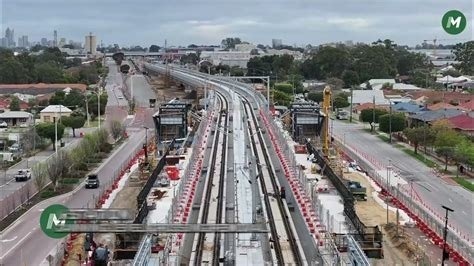
Heartwood Bentley
A major urban renewal project transforming 31 hectares of the former Brownlie Towers site into a sustainable residential community with 800-1000 medium-density homes, including terraces and apartments. Features 30% urban tree canopy target, diverse housing options with social and affordable housing, high-quality public open spaces, and climate-conscious design. Stage 1 commenced December 2024 with 41 residential lots and 3 development sites. Located 8km from Perth CBD in the City of Canning.
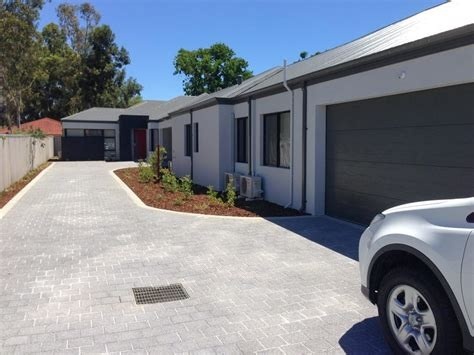
Victoria Park-Canning Level Crossing Removal
Perth's first major elevated rail project involving the removal of six level crossings along the Armadale Line by raising four kilometres of rail over the road. The project includes construction of five modern elevated stations at Carlisle, Oats Street, Queens Park, Cannington, and Beckenham. The elevated rail creates approximately six hectares of new public open space known as Long Park, a seven-kilometre linear park featuring recreational areas, shared paths, playgrounds, and public art. The project improves public transport safety, reduces traffic congestion, enhances accessibility, and creates versatile community spaces. Part of the broader METRONET program transforming Perth's public transport network. Expected completion mid-2025 with services resuming October 13, 2025.

Redcliffe Station Precinct Development
Transit Oriented Development around Redcliffe Station creating an urban village with multi-storey apartments, businesses, public spaces, shops, housing, cafes and community services. Collaborative planning between City of Belmont and METRONET.
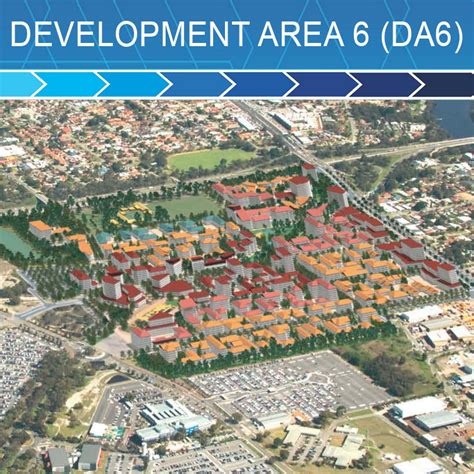
Tonkin Highway Corridor Upgrade - Roe Highway to Kelvin Road
$366 million project to widen Tonkin Highway from four to six lanes and construct grade-separated interchanges at Hale Road, Welshpool Road and Kelvin Road. Expected to begin construction late 2025, addressing major bottleneck affecting 50,000+ daily vehicles.
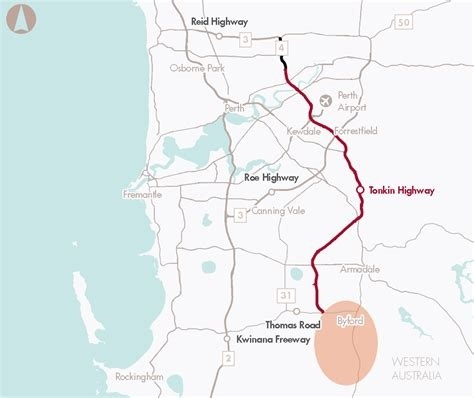
Forrestfield North Residential Precinct
Major residential development surrounding the new High Wycombe train station. Part of broader District Structure Plan including high density housing, activity centre and commercial precinct. Leveraging proximity to new airport rail link.
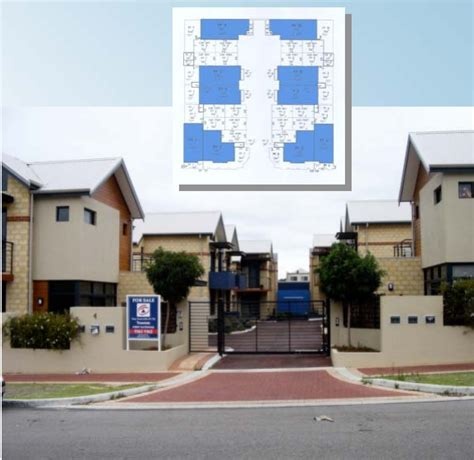
Perth Airport New Runway
New parallel runway (03R/21L) at Perth Airport to increase capacity and improve operational efficiency. Major Development Plan approved in 2020 with subsequent environmental offsets approval. Detailed design completed and construction works commencing from 2025 as part of Perth Airport's $5b program, with target opening in 2028.
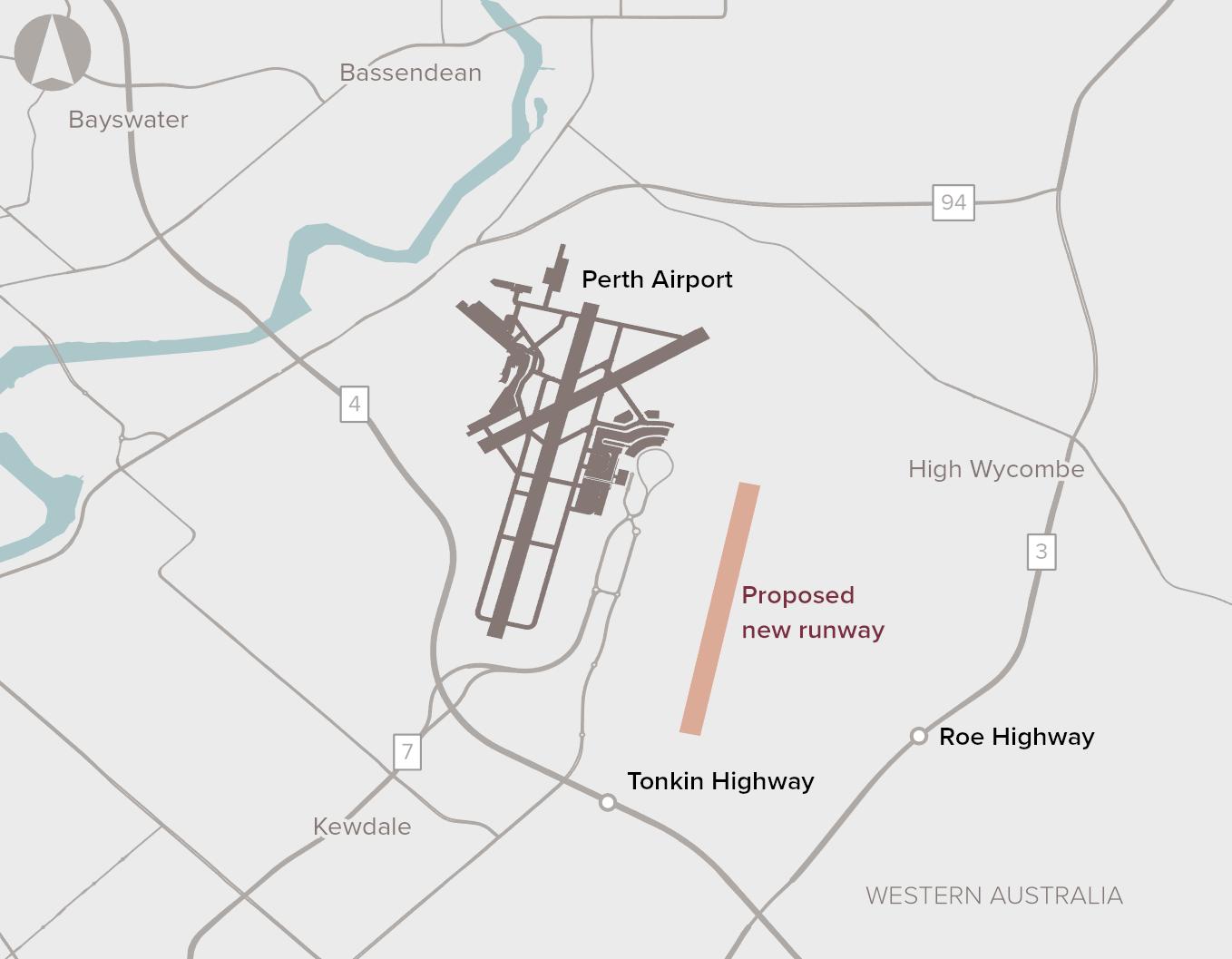
Wanju Welcome Bentley St James
Wanju Welcome Bentley St James is an ongoing community-led neighborhood revitalization initiative by the City of Canning that creates a welcoming environment where residents feel a sense of belonging and can actively shape their neighborhood's story. The program celebrates Whadjuk Noongar cultural heritage and the area's multicultural diversity through various initiatives including the StreetSport Program for youth aged 10-15, multicultural festivals (including the Bentley Eid Festival), family events, food drives, cultural workshops, and park activations. The initiative works alongside the Bentley redevelopment following the 2019 demolition of Brownlie Towers, fostering community connection and engagement through events, storytelling, and programs that breathe new life into the Bentley St James neighborhood.
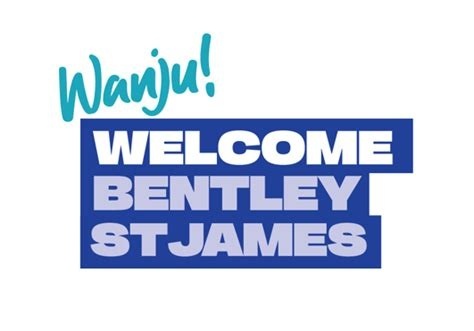
Employment
AreaSearch analysis indicates Kewdale maintains employment conditions that align with national benchmarks
Kewdale has a well-educated workforce with strong representation in manufacturing and industrial sectors. The unemployment rate was 3.7% as of June 2025, with an estimated employment growth of 4.1% over the past year.
There were 4,577 residents employed while the unemployment rate was 0.1% lower than Greater Perth's rate of 3.9%. Workforce participation in Kewdale is similar to Greater Perth's at 65.2%. Key industries include health care & social assistance, construction, and retail trade. Transport, postal & warehousing has a particularly strong presence with an employment share 1.8 times the regional level.
However, health care & social assistance is under-represented, with only 12.6% of Kewdale's workforce compared to 14.8% in Greater Perth. Limited local employment opportunities are indicated by Census data comparing working population and resident population. From June 2024 to June 2025, employment levels increased by 4.1%, labour force grew by 3.2%, resulting in a decrease of unemployment by 0.8 percentage points. In contrast, Greater Perth saw employment rise by 3.7%, labour force grow by 3.8%, and unemployment increase by 0.1 percentage points. State-level data from Sep-25 shows WA employment contracted by 0.82% (losing 14,590 jobs), with the state unemployment rate at 4.3%. National employment forecasts from May 2025 project national growth of 6.6% over five years and 13.7% over ten years. Applying these projections to Kewdale's employment mix suggests local growth of approximately 6.2% over five years and 13.0% over ten years.
Frequently Asked Questions - Employment
Income
Income levels align closely with national averages, indicating typical economic conditions for Australian communities according to AreaSearch analysis
AreaSearch's data for financial year 2022 shows Kewdale's median income at $54,266 and average income at $63,610. This is lower than the national averages of $58,380 (median) and $78,020 (average). Perth's figures are higher: $58,380 (median) and $78,020 (average). With an 11.61% growth since FY2022, estimated incomes as of March 2025 would be approximately $60,566 (median) and $70,995 (average). In Kewdale, according to the 2021 Census, household, family, and personal incomes rank between the 41st and 49th percentiles. The dominant income bracket is $1,500 - $2,999, with 34.9% of locals (2,880 people) falling into this category. Housing affordability pressures are severe, with only 83.7% of income remaining after housing costs, ranking at the 41st percentile. Kewdale's SEIFA income ranking places it in the 5th decile.
Frequently Asked Questions - Income
Housing
Kewdale is characterized by a predominantly suburban housing profile, with above-average rates of outright home ownership
In Kewdale, as per the latest Census evaluation, 71.7% of dwellings were houses, with the remaining 28.2% being semi-detached, apartments, or other types. This is compared to Perth metro's 60.5% houses and 39.6% other dwellings. Home ownership in Kewdale stood at 30.1%, with mortgaged properties at 32.2% and rented ones at 37.6%. The median monthly mortgage repayment was $1,733, below the Perth metro average of $1,842. The median weekly rent in Kewdale was $350, matching the Perth metro figure of $350. Nationally, Kewdale's mortgage repayments were lower than the Australian average of $1,863, and rents were less than the national figure of $375.
Frequently Asked Questions - Housing
Household Composition
Kewdale features high concentrations of group households, with a higher-than-average median household size
Family households compose 65.0% of all households, including 29.1% couples with children, 23.8% couples without children, and 10.4% single parent families. Non-family households constitute the remaining 35.0%, with lone person households at 29.2% and group households comprising 5.8%. The median household size is 2.5 people, larger than the Greater Perth average of 2.3 people.
Frequently Asked Questions - Households
Local Schools & Education
The educational profile of Kewdale exceeds national averages, with above-average qualification levels and academic performance metrics
Educational qualifications in Kewdale show that 30.2% of residents aged 15 and above hold university degrees, compared to the SA3 area's 36.6%. This difference indicates potential for educational development. Bachelor degrees are most common at 20.3%, followed by postgraduate qualifications (8.0%) and graduate diplomas (1.9%). Vocational credentials are also prevalent, with 32.5% of residents aged 15 and above holding them, including advanced diplomas (11.1%) and certificates (21.4%).
Educational participation is high, with 30.3% of residents currently enrolled in formal education, comprising 9.9% in primary, 7.3% in secondary, and 5.8% in tertiary education. Kewdale's three schools have a combined enrollment of 2,531 students. The area has typical Australian school conditions (ICSEA: 1033) with balanced educational opportunities, featuring two primary and one K-12 school. It functions as an education hub with 30.7 school places per 100 residents, significantly above the regional average of 12.0, attracting students from surrounding communities.
Frequently Asked Questions - Education
Schools Detail
Nearby Services & Amenities
Transport
Transport servicing is high compared to other areas nationally based on assessment of service frequency, route connectivity and accessibility
The public transport analysis indicates that there are 46 active transport stops in operation within Kewdale. These stops primarily service buses operating along 14 different routes. The total number of weekly passenger trips facilitated by these routes is 2,934.
Residents have excellent accessibility to public transport, with an average distance of 155 meters to the nearest stop. The service frequency across all routes averages 419 trips per day, which equates to approximately 63 weekly trips per individual stop.
Frequently Asked Questions - Transport
Transport Stops Detail
Health
Kewdale's residents are extremely healthy with younger cohorts in particular seeing very low prevalence of common health conditions
Analysis of health metrics shows strong performance throughout Kewdale. Younger cohorts particularly have a very low prevalence of common health conditions.
The rate of private health cover is approximately 51% of the total population (~4,226 people), slightly lagging behind the average SA2 area's 56.5%. Across Greater Perth, this figure stands at 56.5%. The most prevalent medical conditions in Kewdale are arthritis and mental health issues, impacting 6.7% and 6.2% of residents respectively. Meanwhile, 75.2% of residents declare themselves completely clear of medical ailments, compared to Greater Perth's figure of 73.7%. The area has 16.0% of residents aged 65 and over (1,316 people), higher than Greater Perth's 14.2%. Health outcomes among seniors require more attention than the broader population.
Frequently Asked Questions - Health
Cultural Diversity
Kewdale is among the most culturally diverse areas in the country based on AreaSearch assessment of a range of language and cultural background related metrics
Kewdale's cultural diversity is notable, with 40.2% speaking a language other than English at home and 47.6% born overseas. Christianity is the dominant religion, comprising 39.3%. Islam is overrepresented at 17.6%, significantly higher than Greater Perth's average of 6.6%.
In terms of ancestry, 'Other' is most prevalent at 21.2%, followed by English (20.9%) and Australian (17.7%). Filipino (2.6%), Maori (1.1%), and Polish (1.0%) groups are also notably overrepresented compared to regional averages.
Frequently Asked Questions - Diversity
Age
Kewdale's population is slightly younger than the national pattern
Kewdale's median age is nearly 36 years, closely matching Greater Perth's average of 37 years, which is slightly below Australia's median age of 38 years. Compared to Greater Perth, Kewdale has a higher proportion of residents aged 25-34 (17.3%) but fewer residents aged 55-64 (9.5%). Between the 2021 Census and the present day, the percentage of residents aged 85 and above has increased from 1.9% to 2.7%, while the percentage of residents aged 0-4 has decreased from 6.7% to 5.8%. By 2041, demographic modeling suggests that Kewdale's age profile will change significantly. The 75-84 age group is projected to grow by 80%, adding 336 residents and reaching a total of 759. Residents aged 65 and above are expected to drive 53% of population growth, highlighting demographic aging trends. Conversely, the 0-4 and 5-14 age groups are projected to experience population declines.
